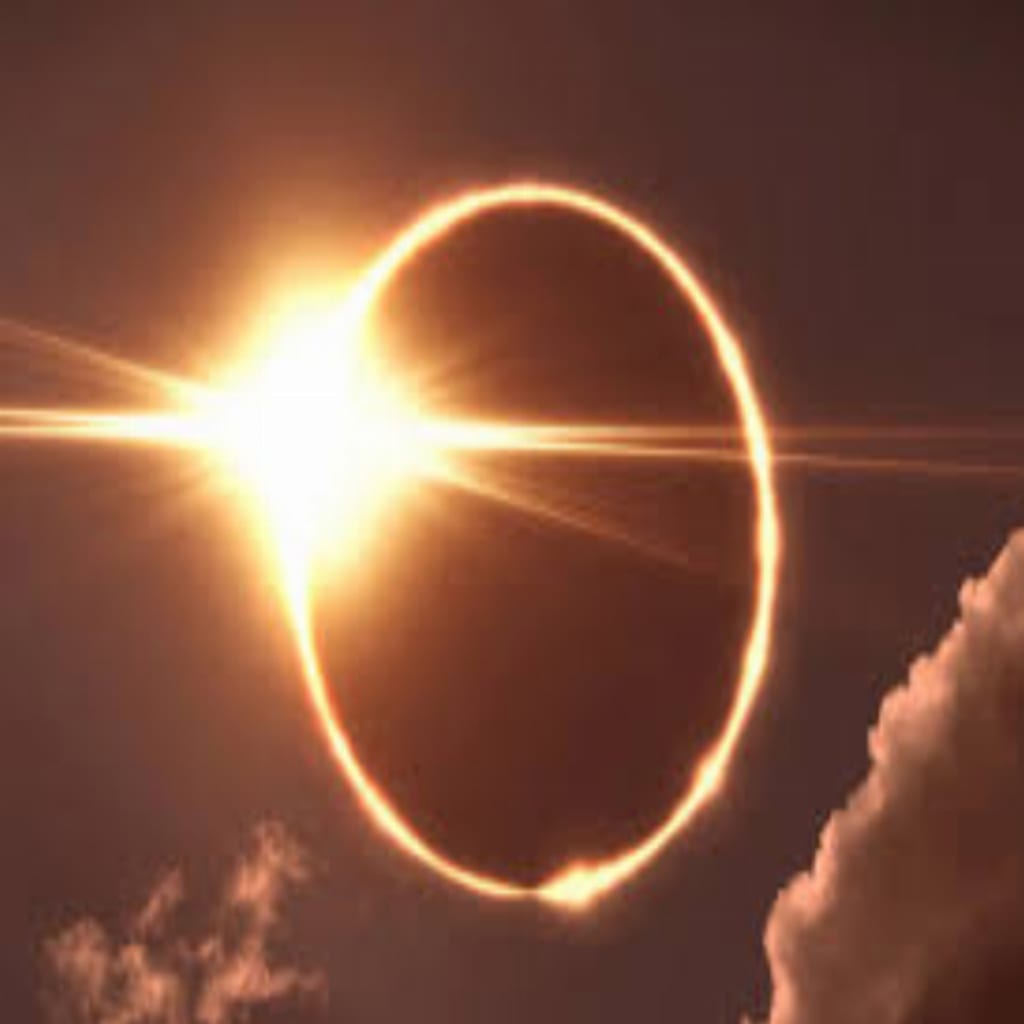What is the science behind Eclipse?
What is a lunar eclipse? The moon moves in an orbit around the earth. At the same time, the earth revolves around the sun

What is a lunar eclipse? The moon moves in an orbit around the earth. At the same time, the earth revolves around the sun. Sometimes the Earth moves between the Sun and the Moon. When this happens, the Earth blocks sunlight that normally reflects off the Moon. (That sunlight makes the Moon shine.) Instead of hitting the Moon and its surface, the Earth's shadow hits the Moon. This is a lunar eclipse or lunar eclipse. A lunar eclipse can only occur when the Moon is full.
At night, a lunar eclipse can be seen from Earth. There are two types of lunar eclipses:
Total lunar eclipse. Partial lunar eclipse. A total lunar eclipse occurs when the Moon and the Sun are on completely opposite sides of the Earth. Although the Moon is in the shadow of the Earth, some sunlight reaches the Moon. Sunlight passes through the earth and atmosphere, which filters out most of the blue light. This makes the Moon appear red to Earthlings. A partial lunar eclipse occurs when part of the Moon falls to the ground and is shadowed. During a partial eclipse, the Earth's shadow appears very dark on the side of the Moon facing Earth. What people see from Earth during a partial lunar eclipse depends on how the Sun, Earth, and Moon are aligned.
A lunar eclipse usually lasts a few hours. At least two partial lunar eclipses occur each year, but total lunar eclipses are rare. It is safe to see the lunar eclipse.
What is a solar eclipse?
Sometimes when the Moon orbits the Earth, the Moon moves between the Sun and the Earth. When this happens, the Moon prevents the light from the Sun from reaching the Earth. This causes a solar eclipse or solar eclipse. During a solar eclipse, the Moon casts a shadow on the Earth.
There are three main types of solar eclipses:
Total Solar Eclipse: A total solar eclipse is visible over a small area on Earth. People who see a total eclipse will be in the shadow of the Moon and #039 when it reaches the Earth. The sky becomes very dark, as if it were night. For a total eclipse to occur, the sun, moon and earth must be in the same line. Partial solar eclipse: This occurs when the sun, moon and earth are not perfectly aligned. The Sun appears to have a dark shadow over a small portion of its surface. Annular (an-yə-lər) Solar Eclipse: An annular solar eclipse occurs when the Moon is furthest from Earth. Because the Moon is further away, it appears smaller. It does not block the entire view of the Sun. The Moon in front of the Sun looks like a dark disk on top of a larger Sun-colored disk. This creates a ring-like appearance around the Moon. During a solar eclipse, the Moon casts two shadows on the Earth.
Shadow (əm-brə):
This shadow becomes smaller as it reaches the ground. This is the dark center of the Moon's shadow. People standing under an umbrella will see a total eclipse. Penumbra (pə-ˈnəm-brə): Penumbra grows when it reaches the ground. People standing in partial shadow will see a partial eclipse. Solar eclipses occur somewhere on Earth every 18 months. Unlike a lunar eclipse, solar eclipses last only a few minutes. Never look directly into the sun: it can permanently damage your eyes! To view any type of solar eclipse, you must wear proper safety equipment. try to be aviod it when it happend becouse it can harm your eyes and your body.
About the Creator
Sarang Panhwar
Welcomes to my Account Hi i am here for you to share some hidden information's about the world that i gather for you i hope you will enjoy the reading and get more information's
Enjoyed the story? Support the Creator.
Subscribe for free to receive all their stories in your feed. You could also pledge your support or give them a one-off tip, letting them know you appreciate their work.






Comments
There are no comments for this story
Be the first to respond and start the conversation.